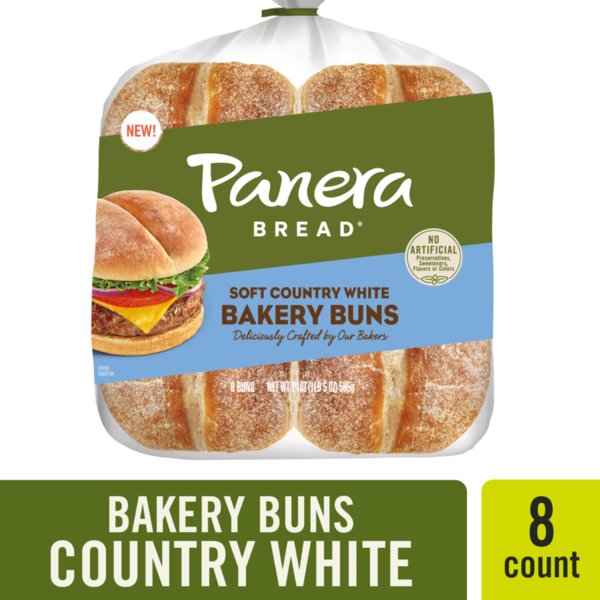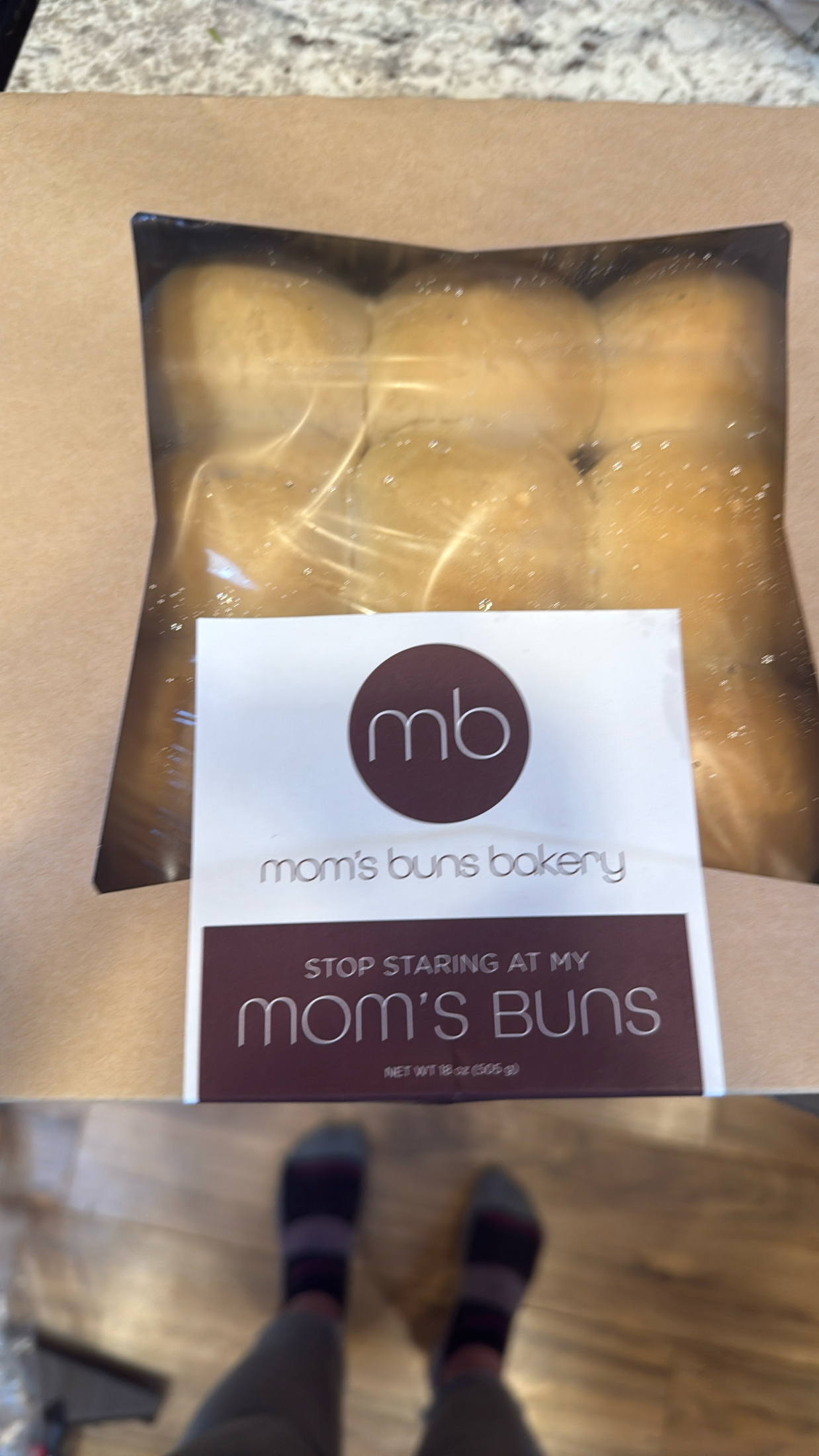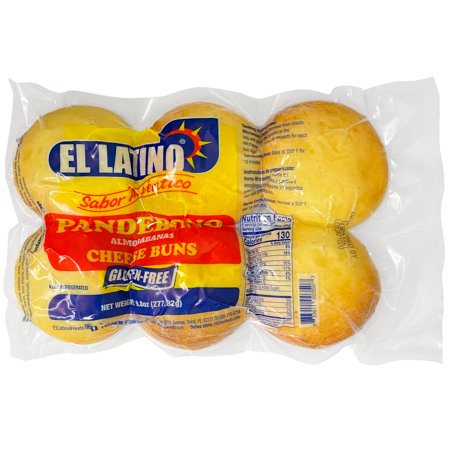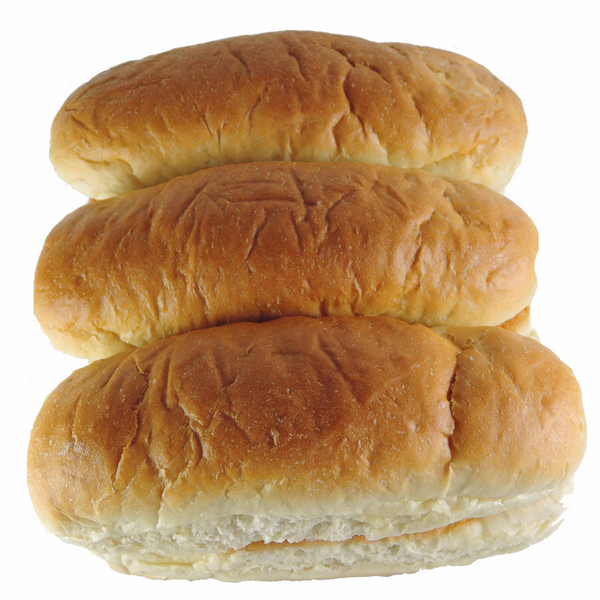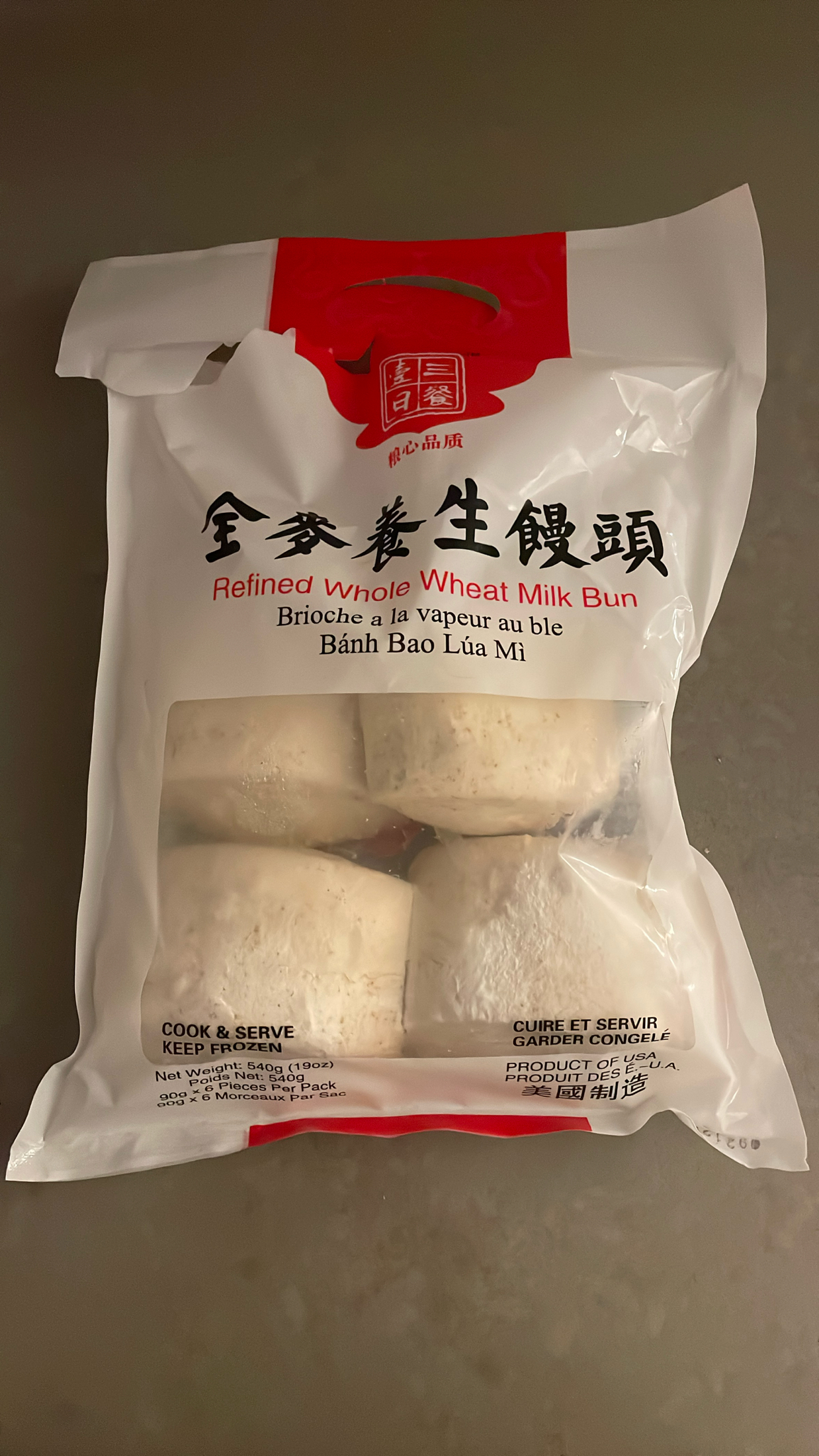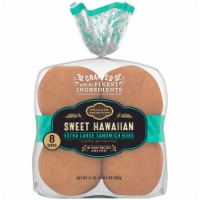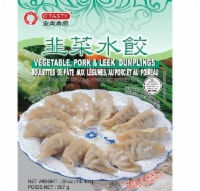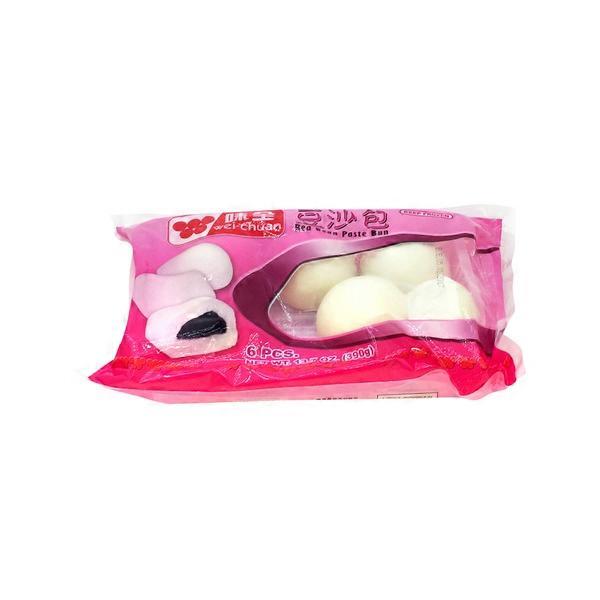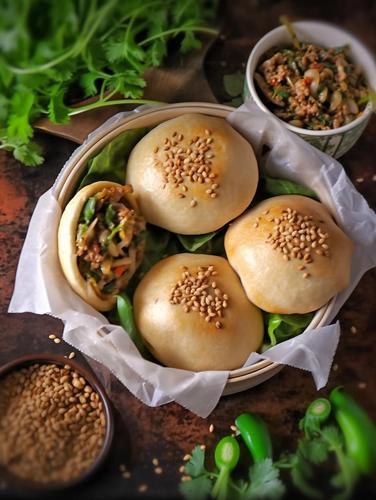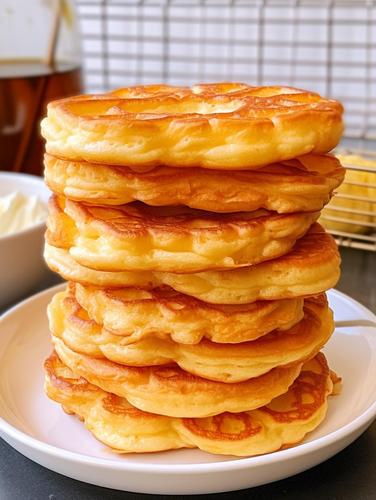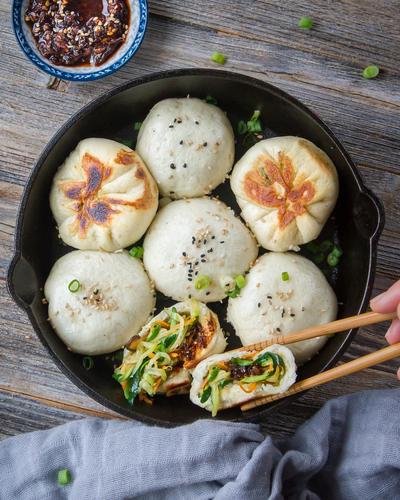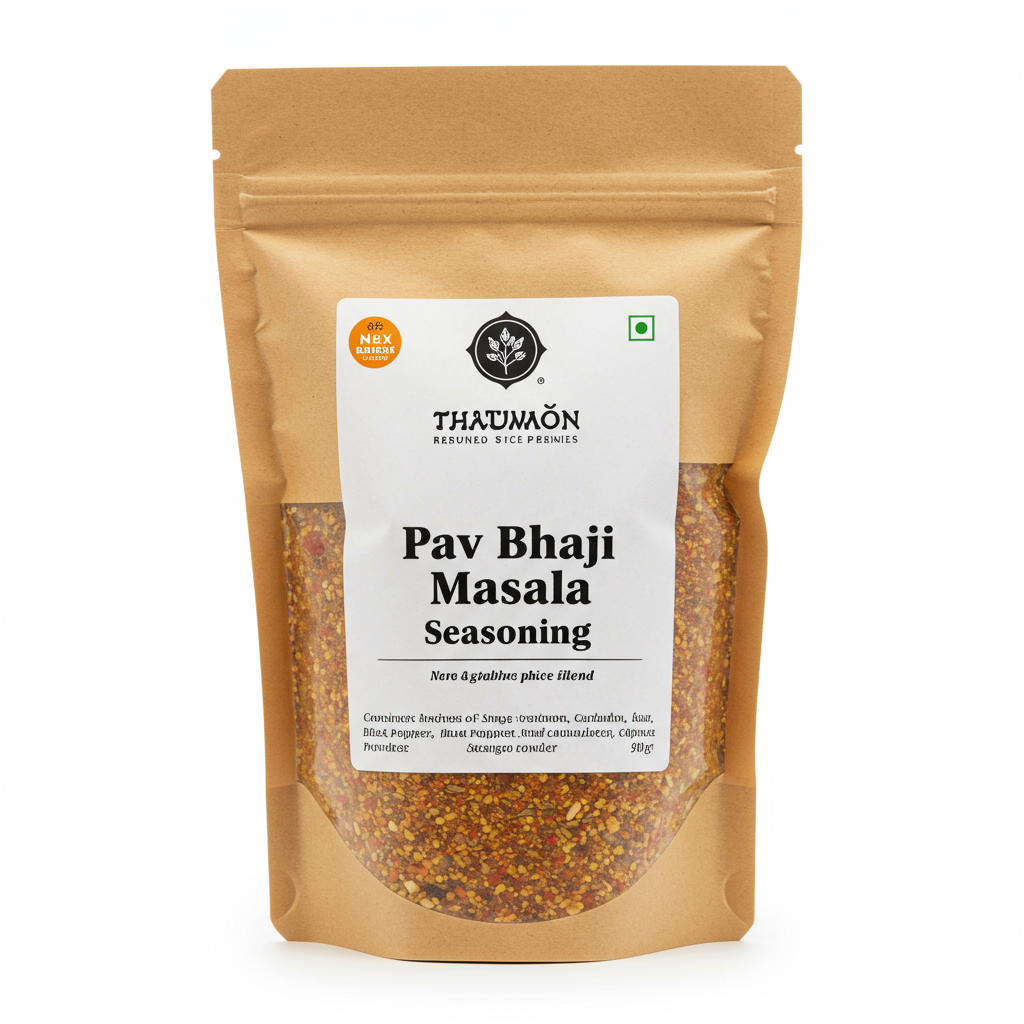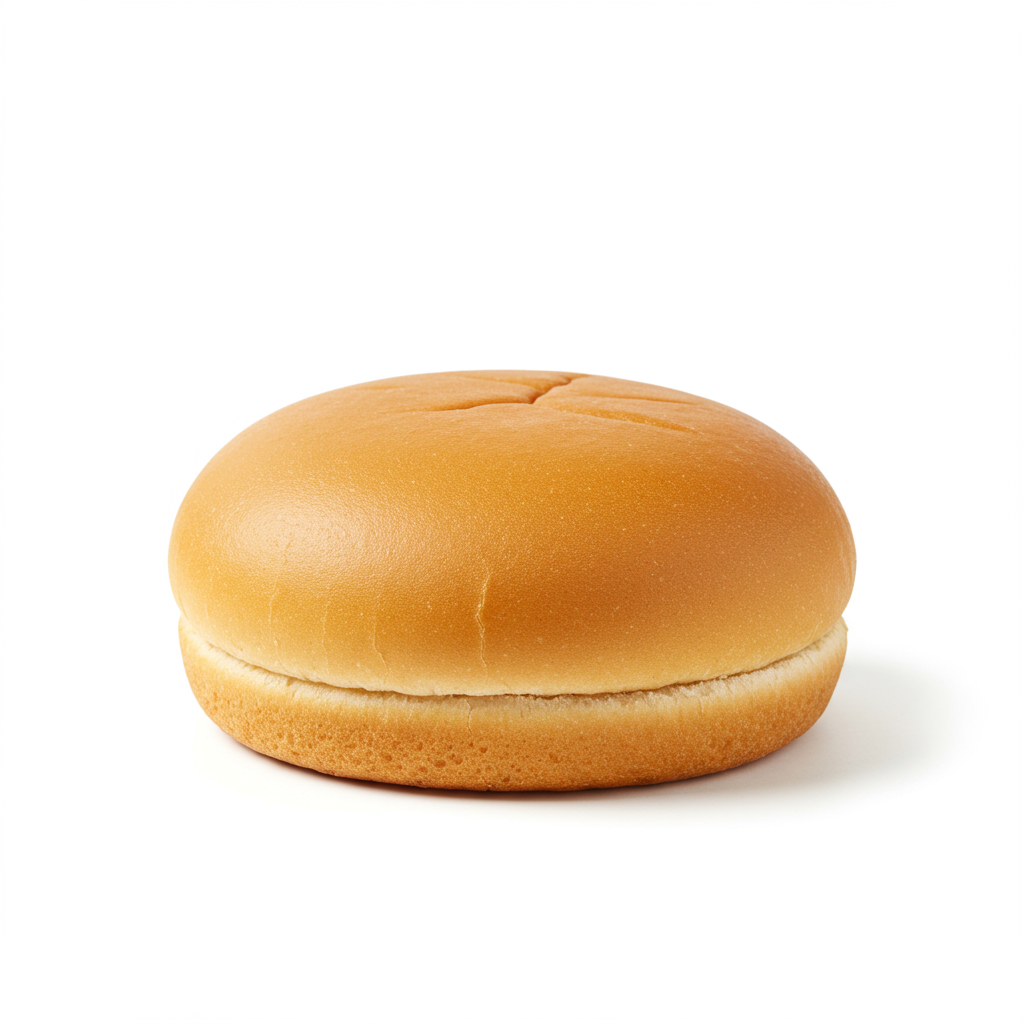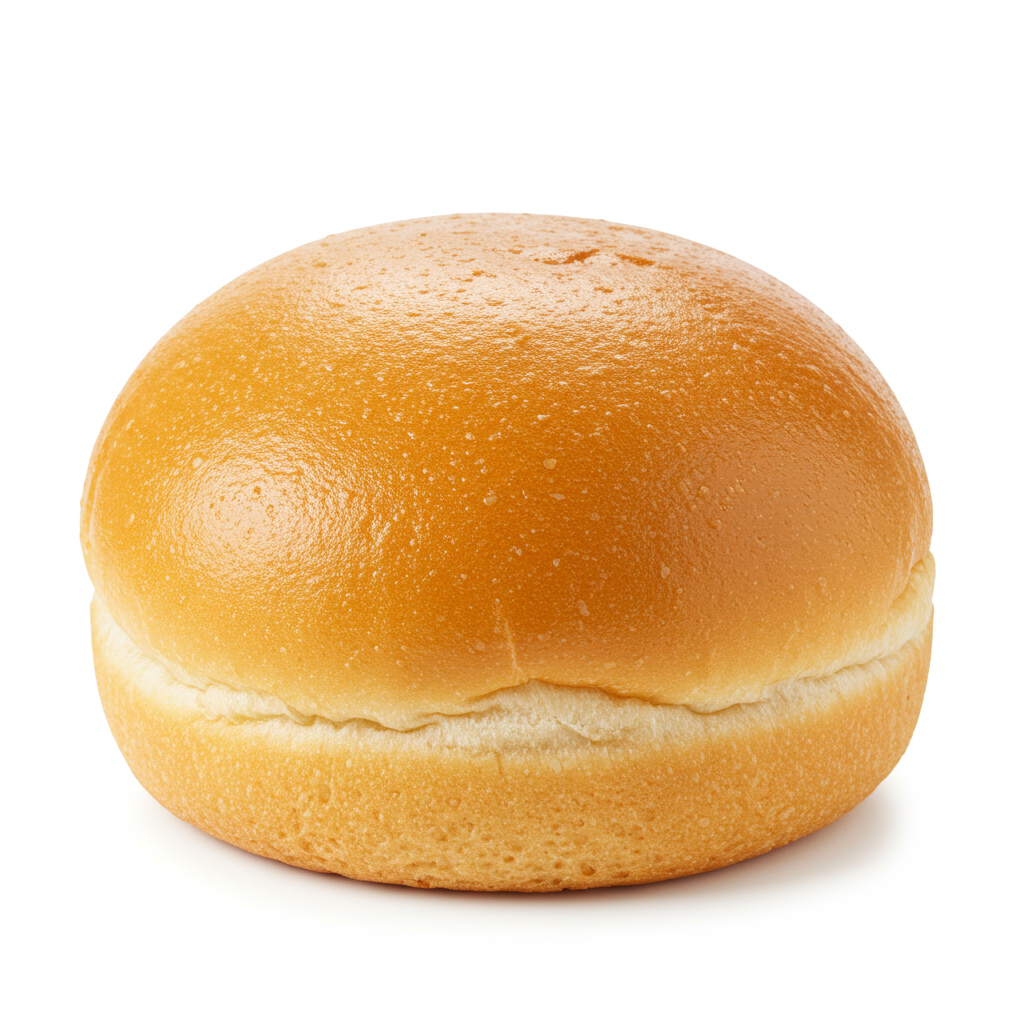Buns
Buns are a type of baked good, typically made from flour, sugar, yeast, and water, that serve as a popular component in sandwiches, burgers, and sliders. They come in various shapes and sizes and can be made from diverse grains such as wheat, rye, or multi-grain. Buns may also be enriched with milk, eggs, and butter for added flavor and texture. They can be found plain, glazed, topped with seeds or grains and are a staple in various cuisines.
In a home kitchen, buns can either be purchased from stores or prepared from scratch using one's preferred ingredients and methods. Savory or sweet fillings can also be incorporated, elevating this simple baked good into a delectable culinary experience. Buns are versatile and universally loved and can cater to different dietary preferences, such as vegan, gluten-free, or low-carb, making them a popular choice for households.
79%
CARBS
6%
FAT
15%
PROTEIN
1,635 Buns Products
Alfaro's Artesano White Bakery Buns, 8 count, , Hamburger Buns
365 By Whole Foods Market, Organic White Hot Buns, 15 Ounce
Panera Bread Bakery Buns, Soft Country White
Mom's Buns
El Latino Pandebono/cheese Buns 6pcs
L&B White Bratwurst Buns
Refined Whole Wheat Milk Bun
Private Selection Extra Large Sweet Hawaiian Sandwich Buns 8 Count
O'Tasty Vegetable Pork & Leek Dumplings
Wei-Chuan Frozen Red Bean Paste Buns
4 Recipes for Buns
Used In 22 Recipes
2
All-American Bacon Cheeseburger
4
Cajun-Style Salmon Burgers with Lemon Garlic Mayo
3
Sweet & Spicy Chipotle Chicken Sandwich
3
Veg-Rich Cauliflower and Lentil Sandwich
4
Zesty Salmon Mini Burgers with Asian-Influenced Broccoli Slaw
Easy Peasy Cauliflower and Lentil Sloppy Joes
5
Healthy Black Bean Sweet Potato Burgers
1
Easy Salmon Burger Recipe
Buns Are Frequently Used With
Buns FAQ
When cooking with buns, people often struggle with choosing the right kind for their meal. They might wonder whether to opt for a seeded bun, sweet bun, or whole wheat for a healthier option. Another common issue is determining how to best warm up a bun without it becoming too dry or hard. Some people might struggle with making homemade buns and getting the dough to rise properly.
To get the most out of buns, ensure you choose the right kind for your dish. For instance, brioche buns work well with juicy burgers, while seeded buns are ideal for sandwiches. If warming up buns, try placing them in the oven with a bit of water for steam to keep them moist and soft. This maintains the texture and flavor of the bun.
A little-known tip when dealing with buns is that you can improve your homemade bun recipe by replacing a portion of the water with milk. This gives the buns a richer flavor and softer texture. If you're opting for a healthier bun, try substituting some of the white flour with whole-wheat or rye flour.
When making sandwiches, consider toasting the inner side of your bun. This not only adds a bit of crunch but helps prevent the bun from getting soggy from sandwich fillings.
How do I choose the right bun for my meal?
Why are my homemade buns not fluffy?
How can I prevent my bun from getting too dry when warming it up?
How do I make my buns more flavorful?
Can I make gluten-free buns?
Why do my homemade buns turn out hard?
Can you freeze buns and use them later?
What is the best way to slice a bun for a sandwich?
What type of bun is best for a veggie burger?
How do I prevent my bun from getting soggy when making a sandwich?
Expiration & Storage Tips
When does buns expire?
After purchasing buns from the grocery store, you'll typically find they stay fresh for about 5 to 7 days when left unopened in a cool, dry place. However, this timeframe can decline rapidly once the package is opened. Opened buns can last for 2 to 3 days, if stored properly. If frozen, you can enjoy them for up to one month without losing their flavor and texture, but remember to properly store and pack them before freezing.
How do you tell if buns is bad?
If a bun has gone past its prime, it may develop mold, which appears as blotches of greenish-blue or white fur or spots on the surface. Another sign of spoilage is a hard and stale texture. If you observe these changes or smell a sour or unpleasant odor, it's time to throw the buns away. Lastly, if the buns taste sour or yeasty, it's best to err on the side of caution and not consume them.
Tips for storing buns to extend shelf life
• Store buns in a cool, dry place away from direct sunlight, such as a pantry or bread box.
• Once opened, keep the buns in a breathable, sealable bread bag to keep them from drying out. Avoid plastic bags, as these can encourage mold growth.
• Avoid refrigerating buns since it can make them go stale quickly. If you can't consume them within a few days of buying, it's best to freeze them.
• If freezing, wrap individual buns tightly in plastic wrap or aluminum foil to prevent freezer burn. When you’re ready to eat them, let them thaw at room temperature. If you need it quickly, you could also pop it in the microwave for 15-20 seconds. But don’t leave it longer since it can make it hard and chewy.
EXPIRES WITHIN
11 - 29
DAYS
Equivalents
Substitutes
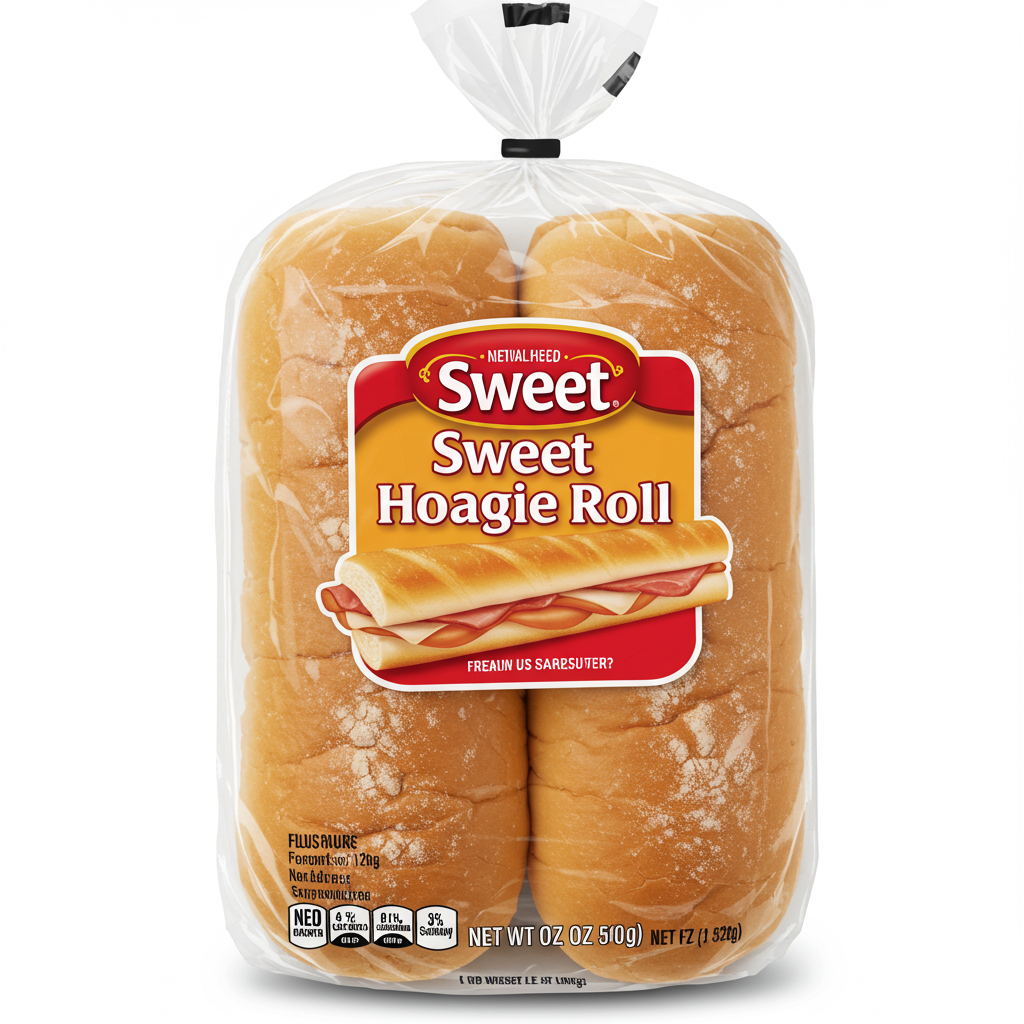
Sweet Hoagie Roll

Wheat Slider Bun

Brioche Slider Bun

Kaiser Roll
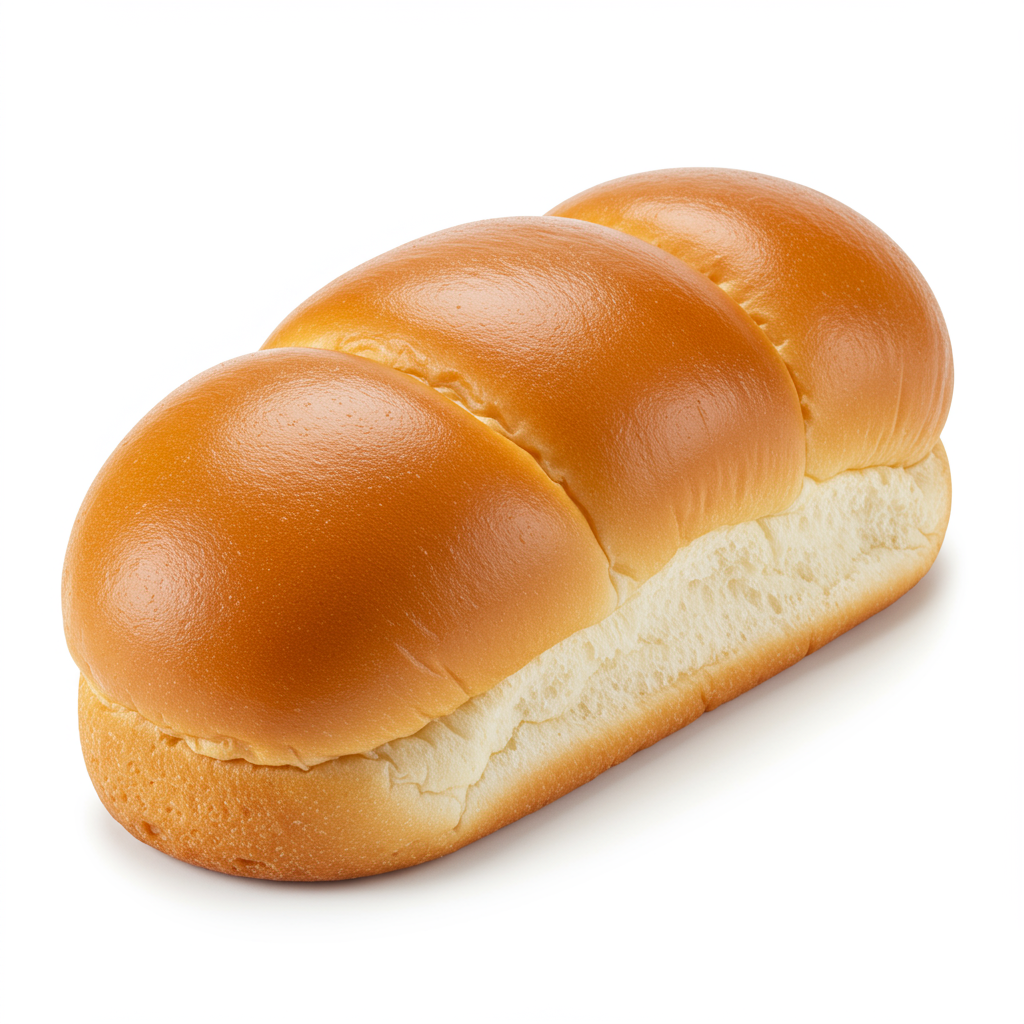
Brioche Hot Dog Bun
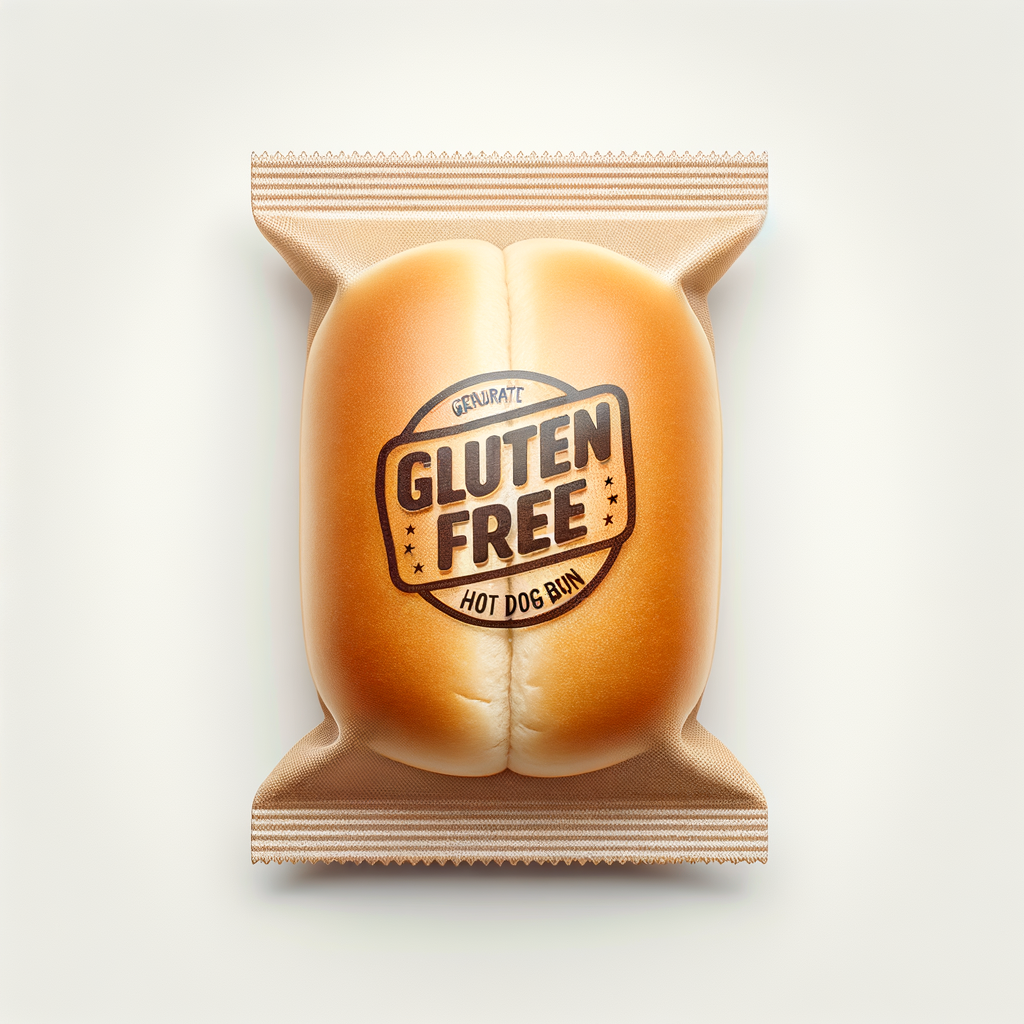
Gluten Free Hot Dog Bun

Hoagie Roll

Hot Dog Bun

New England Hot Dog Bun
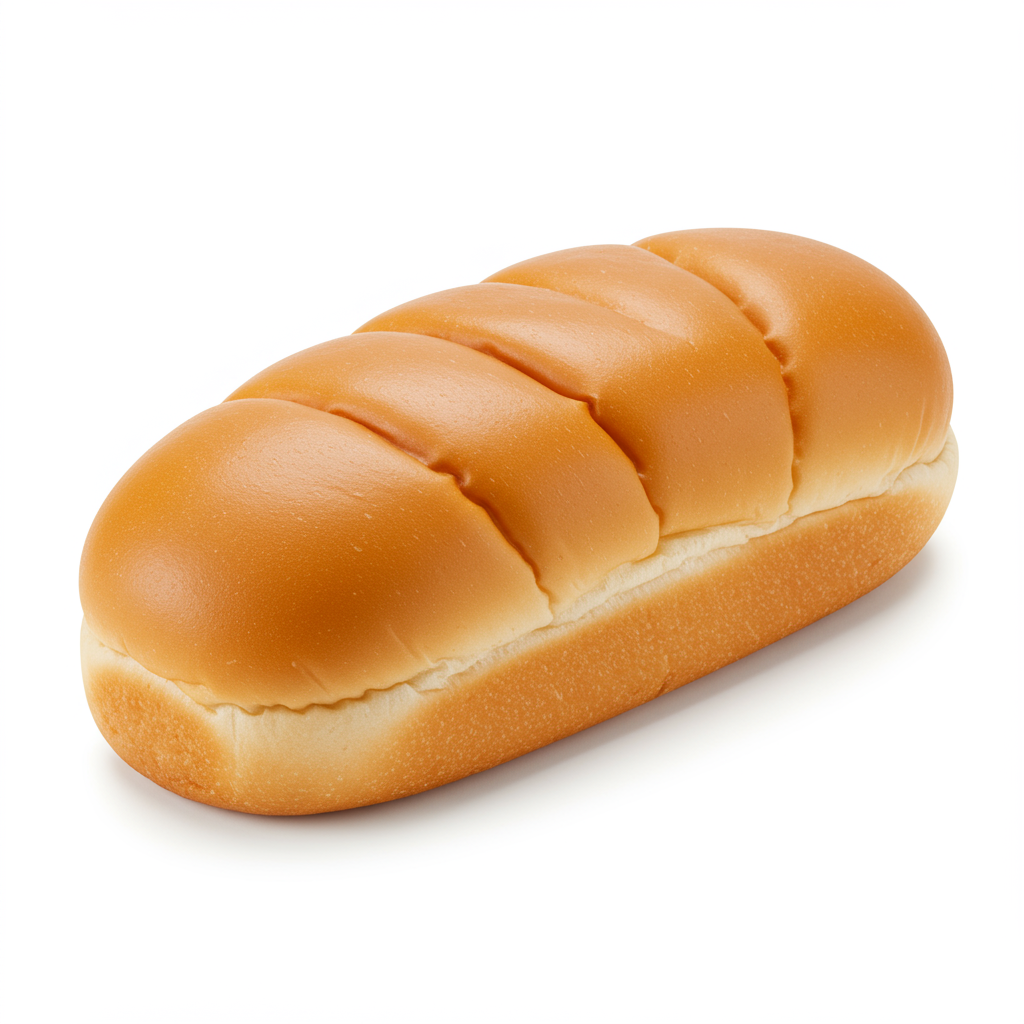
Sweet Hot Dog Bun
See All
Health Info
Macros
21g
CARBS
1g
FAT
4g
PROTEIN
Allowed on these diets
LOW FAT
HIGH CALCIUM
VEGETARIAN
VEGAN
LACTOSE FREE
Contains these allergens
WHEAT



